The year advertisers stop boycotting news
When I was publisher of The Wall Street Journal, we would give an airline advertiser a free substitute ad in the next issue of the newspaper if its ad happened to run alongside a news story about an airline crash. Airline marketers were happy to continue to support news with their advertising.
Fast forward to today, when the largest category of advertising is digital, with programmatic advertising placed through algorithms increasingly dominant. One of the less well-understood inputs into these algorithms is keyword blocklists. These are lists of words that the ad tech industry uses to exclude advertising from running on particular news stories. Over the years, these lists have ballooned, running well into the thousands of words. As a result, programmatic ads can be excluded from news stories that include words such as “Trump” or “Biden,” as well as “Black,” “Hispanic,” “Asian,” “gay,” or “lesbian.”
The result is that much of the advertising inventory on news sites is deemed brand-unsafe. A significant share of the ad inventory of The Wall Street Journal and The New York Times falls into this category. For sites serving Black or gay communities, 70% of the ad inventory can be excluded because so many of their stories include words that keyword blocklists have deemed too risky for ads.
This means companies find themselves effectively boycotting serious news, and disproportionately depriving high-quality news sites that serve minority communities. CMOs don’t mean to boycott journalism, but this is how programmatic advertising now operates. This unintended consequence of keyword blocking is especially ironic at a time when many corporations have publicly pledged to redirect more of their advertising to media serving Black and other underserved communities.
These keyword blocklists cost news sites a key source of revenues that could support newsrooms that badly need the funding.
In contrast, companies routinely find their internet ads running on websites publishing misinformation, healthcare hoaxes, and Russian or Chinese disinformation. My colleagues at NewsGuard, which rates the trustworthiness of news sites, this year worked with media measurement company Comscore to estimate that $2.6 billion worth of online ads from blue-chip companies annually run on sites that advertisers never intended. The problem is that programmatic algorithms don’t differentiate between misinformation sites and quality publishers.
Warren Buffett’s Geico, for example, has been the largest advertiser on Vladimir Putin’s site Sputnik News — a subsidy I’m sure Mr. Buffett does not intend or even know about. NewsGuard found ads from more than 4,000 advertisers running on sites publishing misinformation about Covid-19, its vaccines, and its treatments. NewsGuard now offers advertisers lists of thousands of high-quality news sites, including sites serving minority audiences, so that they can stop using keyword blocklists and instead be confident that their ads are running on quality sites. The billions of dollars now going to propaganda and healthcare hoax sites would be a big help in restoring support for journalism.
An increasing number of advertisers and agencies realize the impact of these blocklists on news publishers. A case study from ad agency IPG found that removing ads from low-quality sites and placing them on high-quality news sites resulted in lower ad rates to the advertiser — with higher clickthrough rates thanks to more engaged audiences. Restoring digital advertising to quality news publishers is a rare case where companies can do good and do well. With corporate social responsibility and ESG standards now so top of mind — along with the need to support the journalism that can strengthen democracies — I’m betting that 2022 will be the year when this happens.
Gordon Crovitz is co-CEO of NewsGuard.

When I was publisher of The Wall Street Journal, we would give an airline advertiser a free substitute ad in the next issue of the newspaper if its ad happened to run alongside a news story about an airline crash. Airline marketers were happy to continue to support news with their advertising.
Fast forward to today, when the largest category of advertising is digital, with programmatic advertising placed through algorithms increasingly dominant. One of the less well-understood inputs into these algorithms is keyword blocklists. These are lists of words that the ad tech industry uses to exclude advertising from running on particular news stories. Over the years, these lists have ballooned, running well into the thousands of words. As a result, programmatic ads can be excluded from news stories that include words such as “Trump” or “Biden,” as well as “Black,” “Hispanic,” “Asian,” “gay,” or “lesbian.”
The result is that much of the advertising inventory on news sites is deemed brand-unsafe. A significant share of the ad inventory of The Wall Street Journal and The New York Times falls into this category. For sites serving Black or gay communities, 70% of the ad inventory can be excluded because so many of their stories include words that keyword blocklists have deemed too risky for ads.
This means companies find themselves effectively boycotting serious news, and disproportionately depriving high-quality news sites that serve minority communities. CMOs don’t mean to boycott journalism, but this is how programmatic advertising now operates. This unintended consequence of keyword blocking is especially ironic at a time when many corporations have publicly pledged to redirect more of their advertising to media serving Black and other underserved communities.
These keyword blocklists cost news sites a key source of revenues that could support newsrooms that badly need the funding.
In contrast, companies routinely find their internet ads running on websites publishing misinformation, healthcare hoaxes, and Russian or Chinese disinformation. My colleagues at NewsGuard, which rates the trustworthiness of news sites, this year worked with media measurement company Comscore to estimate that $2.6 billion worth of online ads from blue-chip companies annually run on sites that advertisers never intended. The problem is that programmatic algorithms don’t differentiate between misinformation sites and quality publishers.
Warren Buffett’s Geico, for example, has been the largest advertiser on Vladimir Putin’s site Sputnik News — a subsidy I’m sure Mr. Buffett does not intend or even know about. NewsGuard found ads from more than 4,000 advertisers running on sites publishing misinformation about Covid-19, its vaccines, and its treatments. NewsGuard now offers advertisers lists of thousands of high-quality news sites, including sites serving minority audiences, so that they can stop using keyword blocklists and instead be confident that their ads are running on quality sites. The billions of dollars now going to propaganda and healthcare hoax sites would be a big help in restoring support for journalism.
An increasing number of advertisers and agencies realize the impact of these blocklists on news publishers. A case study from ad agency IPG found that removing ads from low-quality sites and placing them on high-quality news sites resulted in lower ad rates to the advertiser — with higher clickthrough rates thanks to more engaged audiences. Restoring digital advertising to quality news publishers is a rare case where companies can do good and do well. With corporate social responsibility and ESG standards now so top of mind — along with the need to support the journalism that can strengthen democracies — I’m betting that 2022 will be the year when this happens.
Gordon Crovitz is co-CEO of NewsGuard.
Millie Tran

Christina Shih

Burt Herman
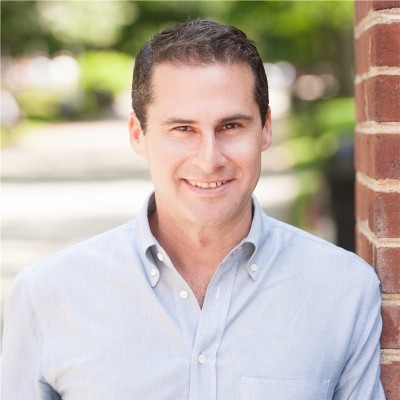
Laxmi Parthasarathy

Shannon McGregor Carolyn Schmitt

Jennifer Coogan
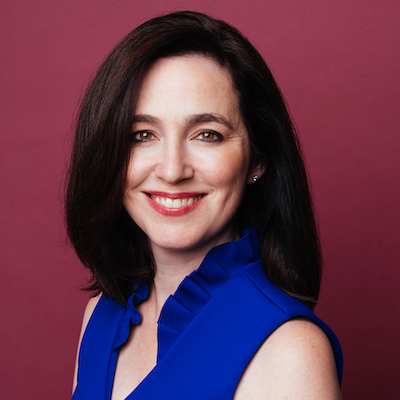
Wilson Liévano
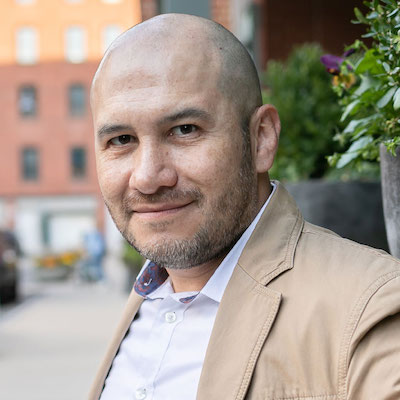
Jesenia De Moya Correa
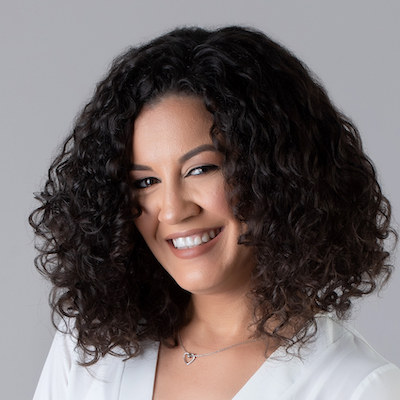
Mike Rispoli

Parker Molloy

Kendra Pierre-Louis

Anita Varma

Stefanie Murray

Meena Thiruvengadam
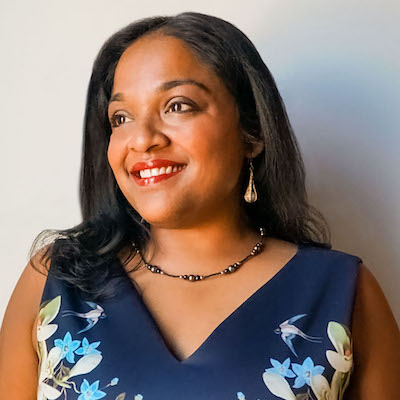
James Salanga

Stephen Fowler

Whitney Phillips

Gabe Schneider

Mary Walter-Brown

Cherian George
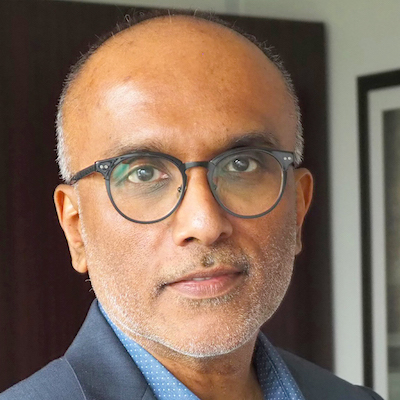
Gonzalo del Peon

Robert Hernandez
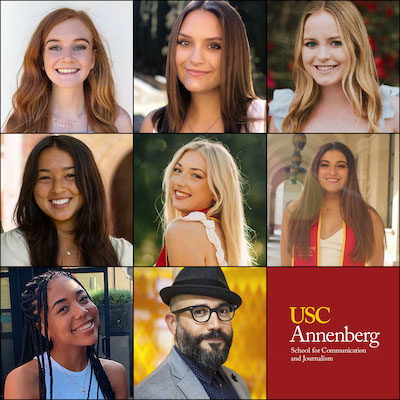
Julia Angwin
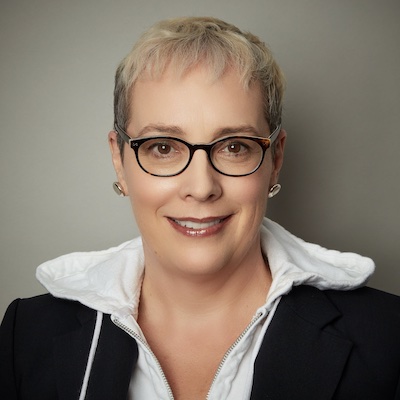
Ståle Grut

Joy Mayer

Tony Baranowski

Francesco Zaffarano
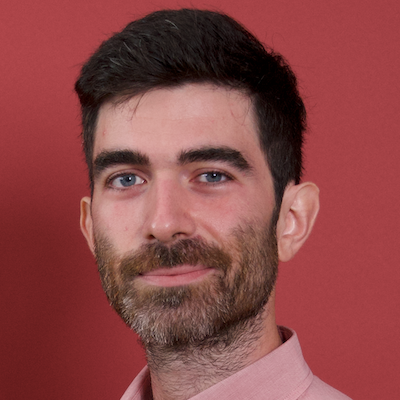
Rasmus Kleis Nielsen

Jennifer Brandel

Jessica Clark

David Cohn

Daniel Eilemberg

AX Mina

Alice Antheaume
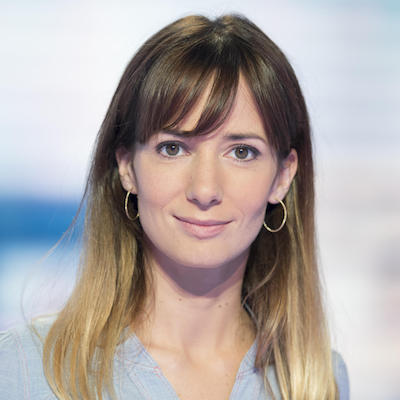
Joshua P. Darr

Michael W. Wagner

Candace Amos
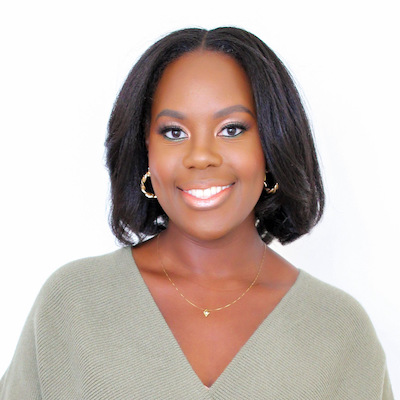
Simon Galperin

Chicas Poderosas

Don Day

j. Siguru Wahutu
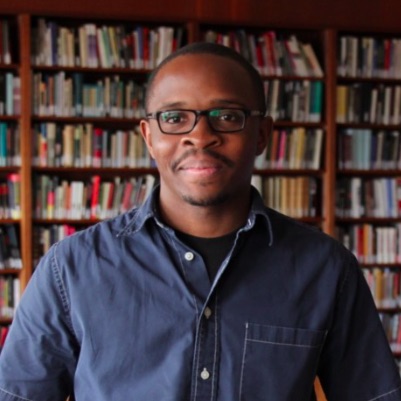
Ariel Zirulnick
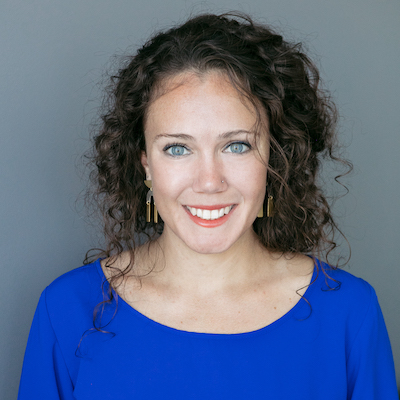
Jody Brannon

Doris Truong

Kristen Jeffers
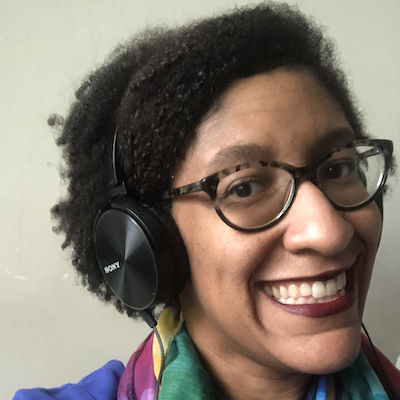
Mario García
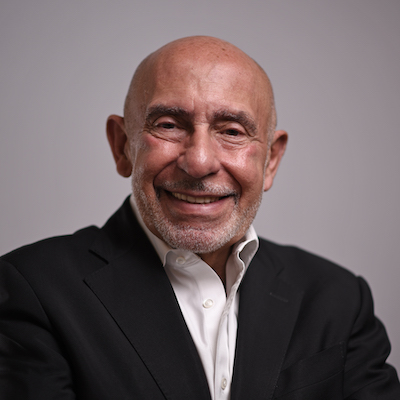
Richard Tofel

Cindy Royal

Tom Trewinnard

Andrew Freedman

Victor Pickard

Shalabh Upadhyay
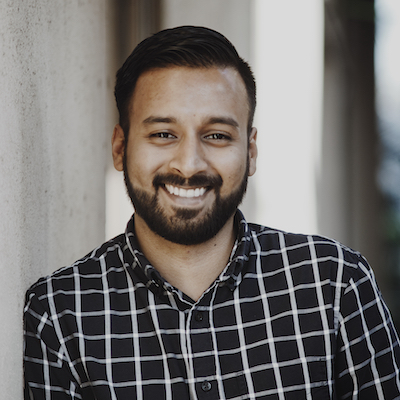
Mandy Jenkins

Juleyka Lantigua

Jesse Holcomb

Anthony Nadler

Chase Davis

Tamar Charney
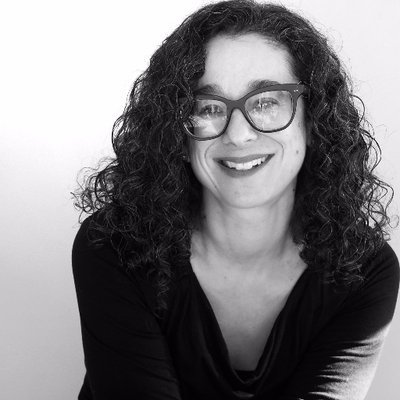
Matt DeRienzo

Megan McCarthy

A.J. Bauer

David Skok
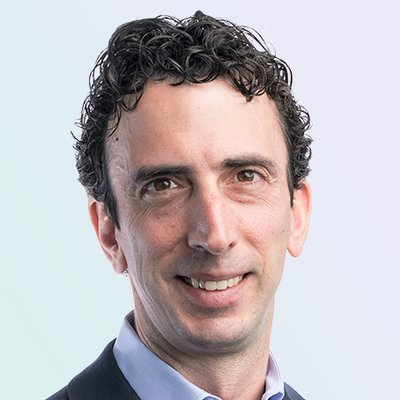
Nik Usher

Rachel Glickhouse

Catalina Albeanu

Raney Aronson-Rath

Natalia Viana
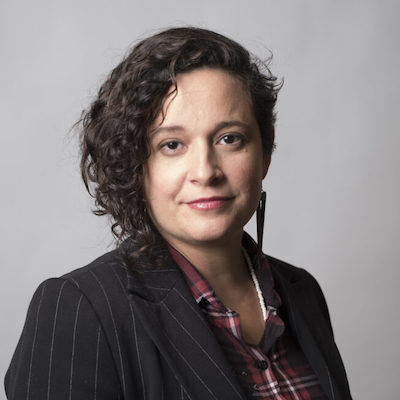
Joe Amditis

Jim Friedlich
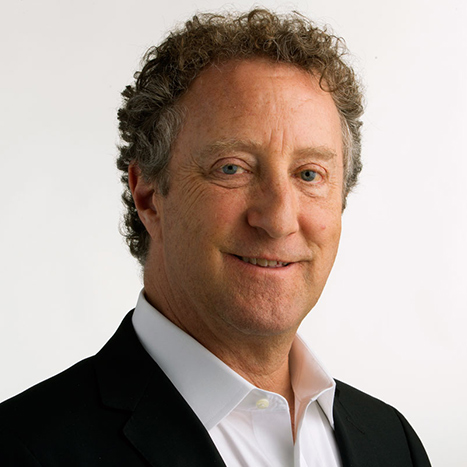
Joni Deutsch
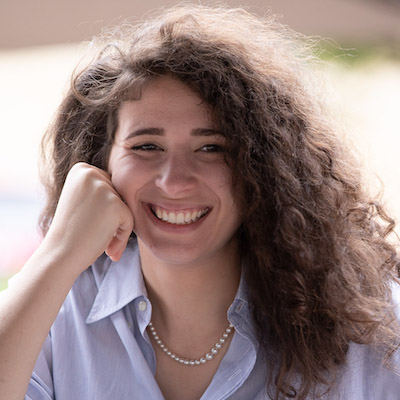
Amara Aguilar

Eric Nuzum

Errin Haines

Matthew Pressman

Kathleen Searles Rebekah Trumble

Zizi Papacharissi
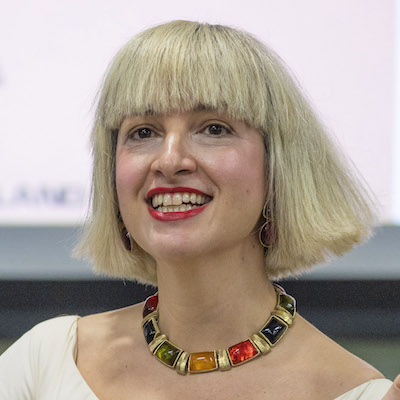
Gordon Crovitz

Kristen Muller
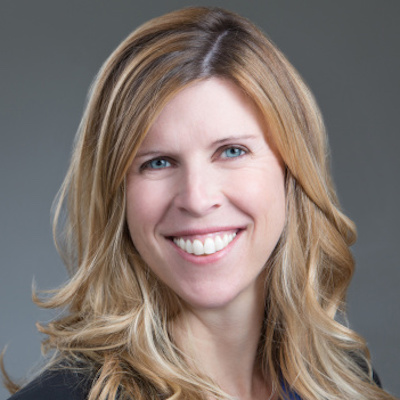
Christoph Mergerson
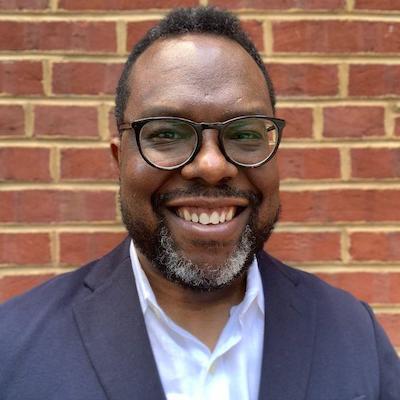
Melody Kramer

Brian Moritz

Jonas Kaiser

Matt Karolian
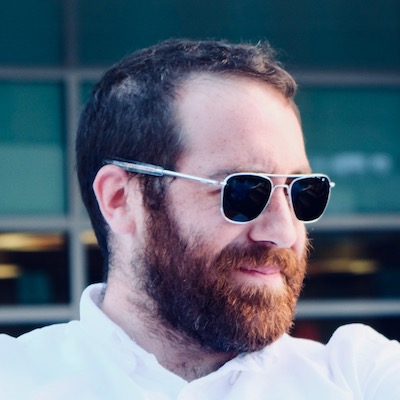
Kerri Hoffman
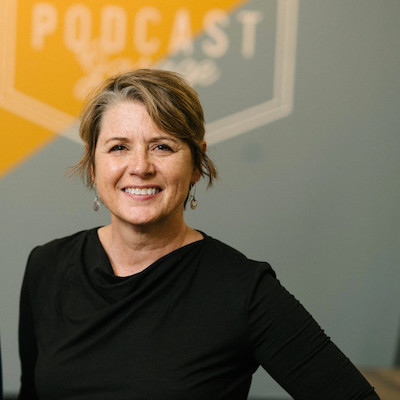
Sarah Marshall

Cristina Tardáguila
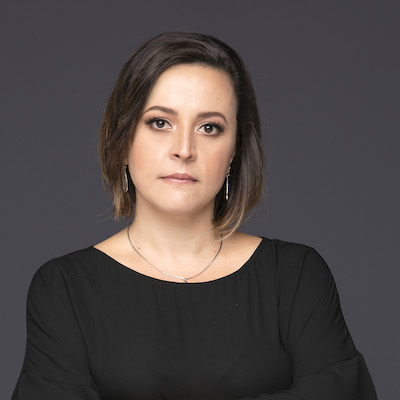
Anika Anand

Joanne McNeil

John Davidow

S. Mitra Kalita
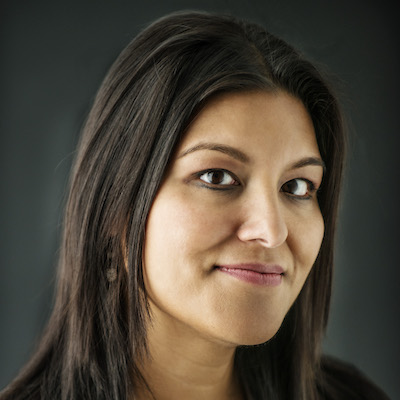
Simon Allison

Paul Cheung

Moreno Cruz Osório

Sam Guzik

Sarah Stonbely

Amy Schmitz Weiss
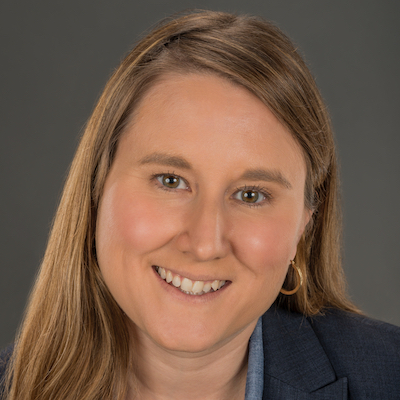
Izabella Kaminska
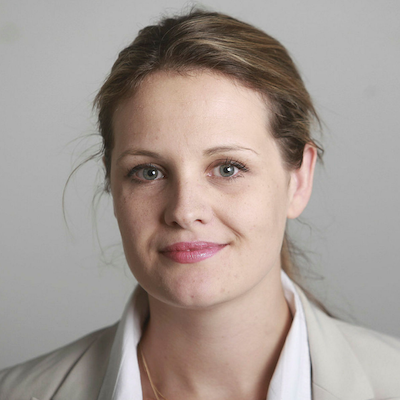
Julia Munslow

James Green

Larry Ryckman
